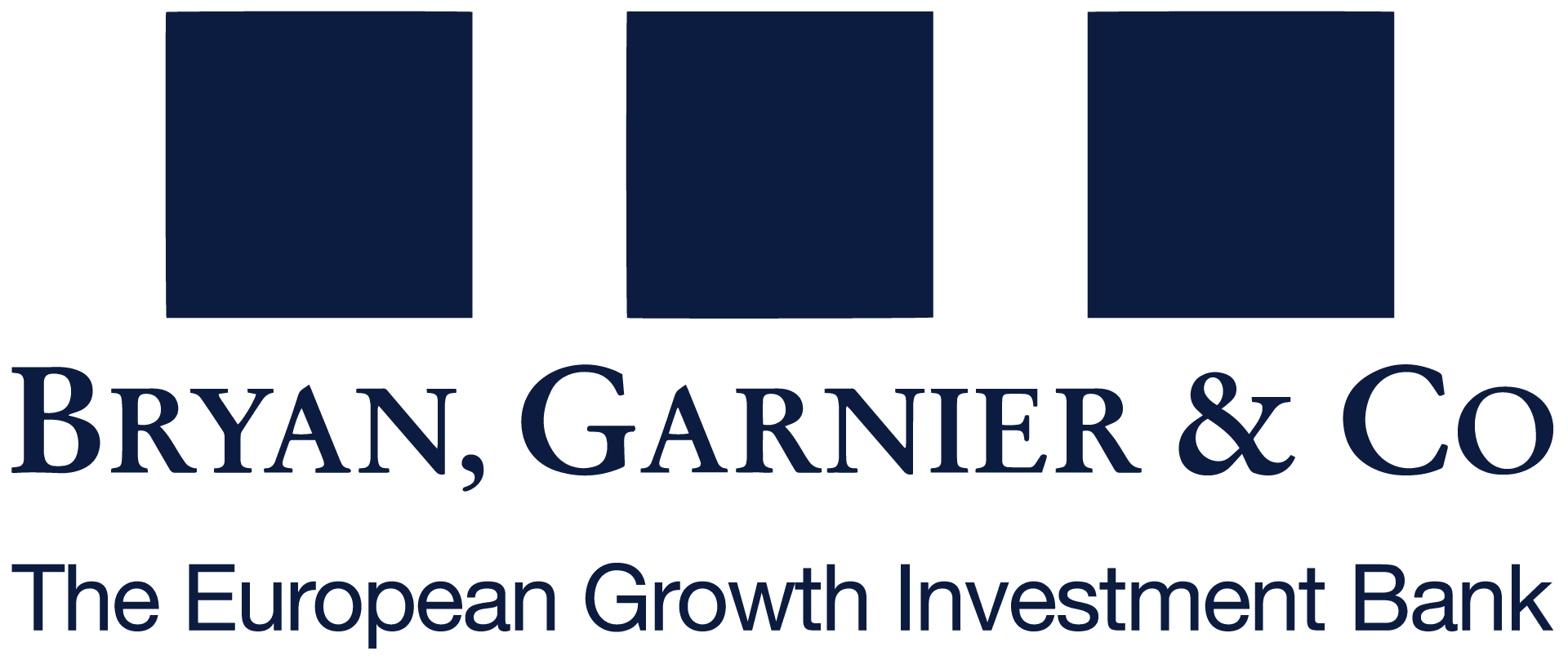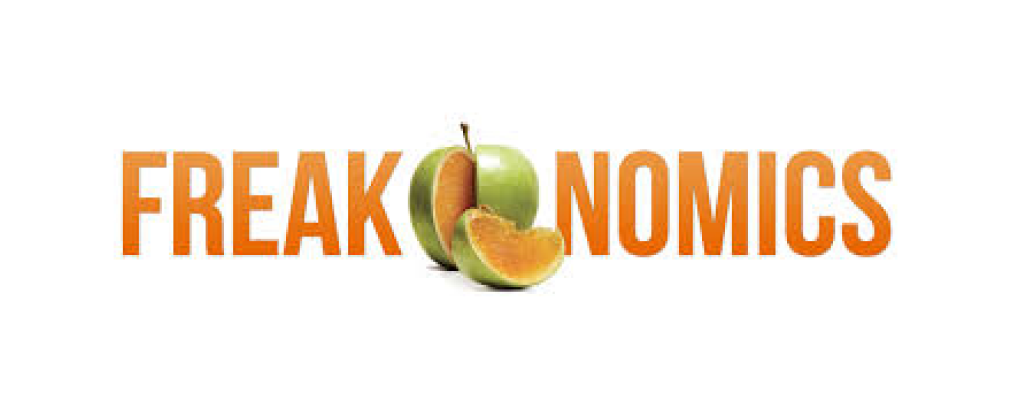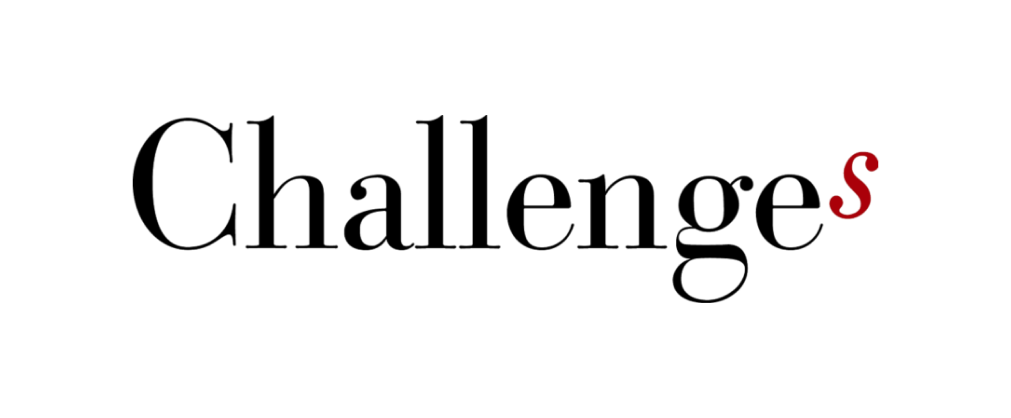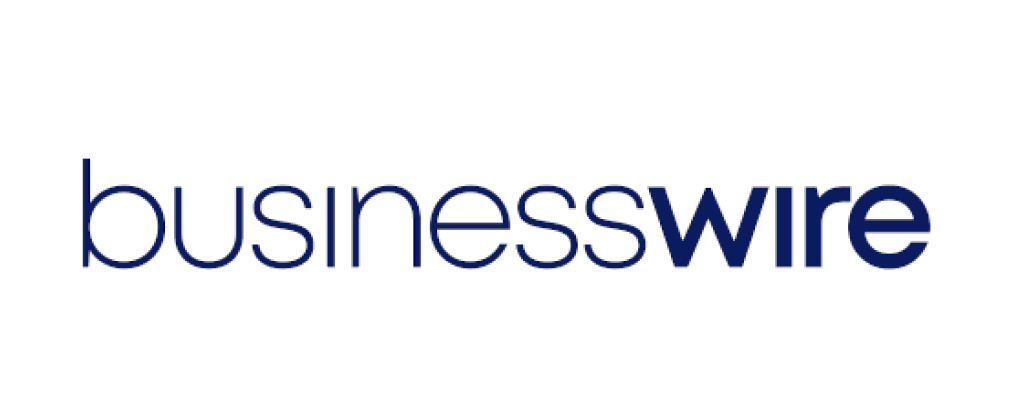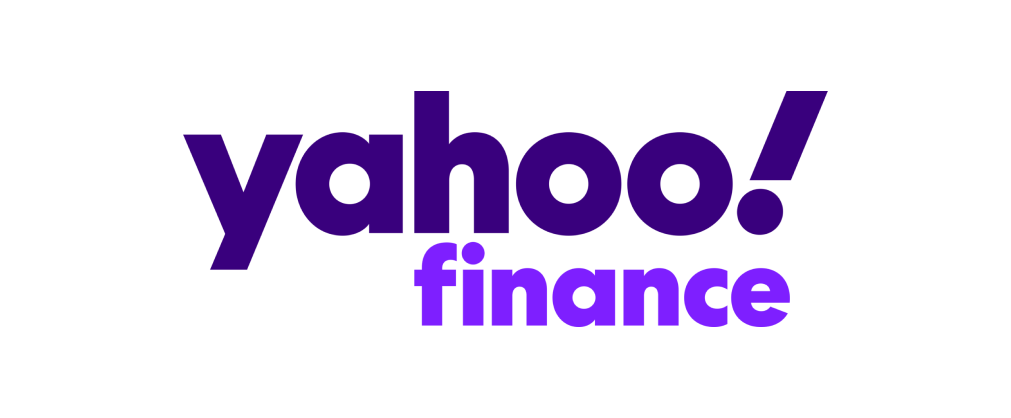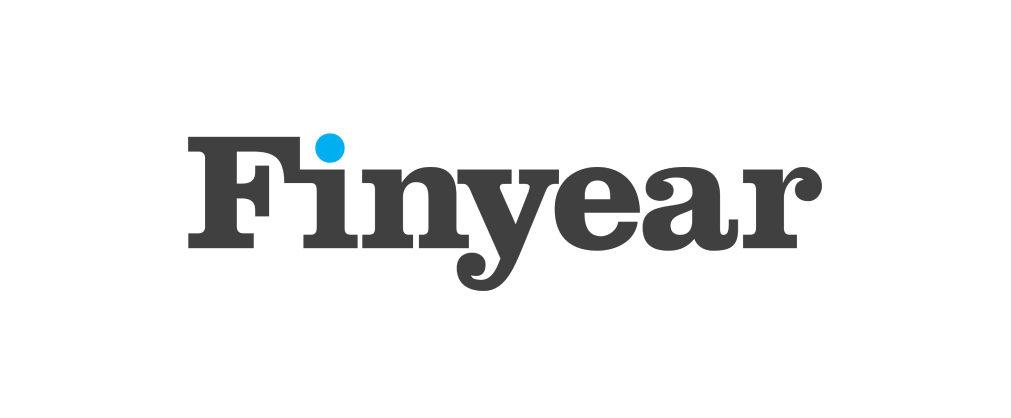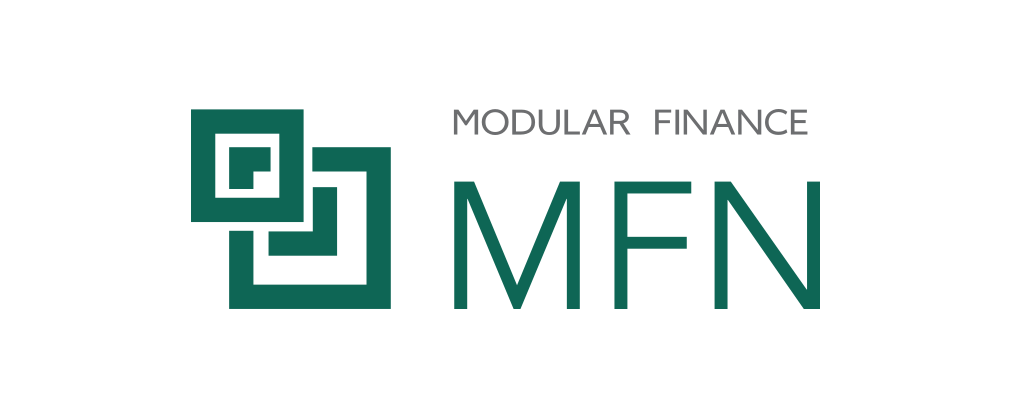Why your eyeglasses are so expensive with Cédric Rossi, BG IRIS NextGen Consumer Analyst at Bryan Garnier
In a market increasingly dominated by EssilorLuxottica, the cost of eyewear has surged due to significant markups and limited price competition. Cedric Rossi delved into this issue on a recent episode of the Freakonomics podcast, providing a comprehensive analysis of the factors driving up prices.
“EssilorLuxottica owns roughly a quarter of the global market for prescription eyeglasses and more than half the market for lenses,” states Rossi. He goes on to discuss how the interplay of branding, manufacturing expenses, and consumer perceptions contributes to the steep costs associated with eyeglasses. He highlights that while EssilorLuxottica’s dominance allows them to set higher prices, the lack of competitive pressure in the industry further exacerbates the issue.
The discussion then turns to the success of eyeglass disruptor Warby Parker, whose low-cost yet high-fashion $95 eyeglasses have won customers over. “They found a very interesting niche, which is a transparent pricing model,” notes Rossi.
The conversation also touches on the broader implications for consumers and the eyewear market, offering valuable insights into why vision care is becoming increasingly expensive. Rossi’s observations reveal how entrenched industry dynamics and strategic pricing contribute to the high costs we see today.
Listen to the full Freakonomics podcast here
Bryan Garnier’s NextGen Consumer team plays a crucial role in providing comprehensive insights and strategic advice to clients looking to navigate the complexities of the retail market.
Welcome to our Q2 2024 Quarterly Report
In our Q2 2024 report, we capture the key developments and outlooks across Private Placements, ECM and Debt Capital Solutions, alongside Healthcare, Software & Fintech, Energy Transition & Sustainability, Industrial Tech, Business & Tech and NextGen Consumer sectors. This underscores Bryan Garnier's integral role in navigating and facilitating significant transactions amidst evolving market conditions.
Private Placements, ECM, and Debt
Global equity markets had a strong start in 2024, with improved IPO volumes. However, mixed signals from interest rates and inflation have influenced investor sentiment. Continued activity is expected in IPOs and secondary market offerings.
The continued decline in inflation supports the stability of interest rates. Consequently, attention is shifting towards small and mid-cap stocks and non-tech sectors.
In capital markets activity, there is an expectation of fewer landmark IPOs, with a focus on subsequent offerings and convertible issuances.
In private markets, projected fundraising is expected to surpass 2023 levels.
Healthcare
Biopharma
The European Next Biotech index rebounded slightly, up 5% year-to-date despite volatility. There are expectations for a gradual recovery in biopharma M&A and financing, supported by recent IPO activity and strategic acquisitions.
A gradual recovery of biopharma M&A and financing is expected, supported by encouraging early signals such as the return of IPOs on the continent after a period of inactivity.
Medtech
In Q2, the Medtech sector saw a decline in the number of deals, but the value of deals increased, surpassing $5 billion. Medtech outsourcing is consolidating rapidly and is expected to grow at a compound annual growth rate (CAGR) of 8.3%.
A strong recovery of Medtech M&A and financing is already evident in the pipeline and ongoing deals, with increased venture capital activity aiming to deploy capital.
There are also signs of IPOs picking up, which are expected to materialise in the coming 6 to 9 months.
Private care centres
In the clinical market, consolidation efforts prompted regulatory scrutiny, while significant M&A activity continued, such as acquisitions by investment firms. European mental health services experienced growing demand, with substantial deal volumes and ongoing acquisitions in providers.
Despite regulatory challenges, the private health centre sector is poised for rapid expansion, supported by increased investment and the adoption of new care models leveraging digital platforms to enhance accessibility and efficiency in healthcare delivery.
CRO/CDMOs
The pharma outsourcing sector rebounded in valuation since February amid a challenging 2023, with large CROs gaining on average 1x of EBITDA to 17.3x, bolstered by confidence in order levels and favourable regulatory developments.
Looking ahead, the second half of the year is poised for continued high activity as CRO market conditions stabilise. Robust M&A activity is anticipated to continue with a focus on small and midcap segments, driven by strategic buyers and PE-backed platforms seeking specialised capabilities.
Software & Fintech
Enterprise Software
As capital expenditures focus on artificial intelligence (AI) applications, the enterprise software sector faces challenges in digitalization projects. However, there remains strong demand for mission-critical software solutions, notably in Building Information Management (BIM), as evidenced by recent M&A activity such as Hexagon – Voyansi and Nemetschek – GoCanvas, highlighting sector attractiveness to strategic investors. The broader enterprise software market may see accelerated growth only upon recovery in industrial and construction projects.
Fintech
The fintech market has struggled YTD, with most publicly traded names posting negative returns due to stagnant transaction volumes and declining valuation multiples. Despite these challenges, there are indications of potential recovery. Forecasts from the European Central Bank suggest a possible rebound in household consumption and salary growth in the Eurozone, which could bolster consumer purchasing power and stimulate digital transactions, offering optimism for investors in the sector.
Energy Transition & Sustainability
Mobility
Over recent months, the mobility sector has seen increased transaction activity reflecting the maturity phase of each sub-segment. The Battery ecosystem continues to attract substantial capital injections, while Mobility Services providers focus more on profitability, with many achieving positive EBITDA or cash flow. This trend is driving consolidation efforts and heightened interest from private equity firms. In EV Charging, major CPOs are expanding their networks with significant infrastructure investments, while smaller players face growing M&A interest amid funding challenges. Market consolidation in shared mobility, aggregation platforms, and micromobility is a key theme for early 2024, expected to accelerate due to limited early-stage and growth-stage funding in recent years.
Agtech & foodtech
Alternative protein players are navigating a tougher market environment with increased scrutiny on commercial pipelines and industrialization plans. Fundraising now targets companies with strong operational and capital efficiency, amid opportunities in reduced round sizes and lower valuations for investors in food, feed, or ingredients sectors. There is significant potential in biologicals, driven by macro-trends like climate-induced abiotic stress, stricter regulatory controls on phytosanitary products, and a growing focus on soil health. Fundraising is poised to accelerate as firms gear up for commercial expansion. Positive outlook remains for alternative proteins, with critical considerations on unit economics and business models. Early signs suggest investors are reassessing sectors like indoor farming following recent market adjustments.
Green & recycled plastics
New recycling techniques are emerging to address the limitations of mechanical recycling, traditionally favoured in the plastics industry (with 99% of recycled content) despite yielding lower-quality material. Chemical recycling is gaining traction as an appealing alternative, enabling the production of high-quality new materials comparable to virgin polyester. Fiber-to-fiber recycling is also gaining momentum in the textile sector as fashion brands strive to achieve sustainability goals. Recent milestones in fiber-to-fiber recycling development, such as those by chemical recyclers, are addressing industry needs.
Investment activity in the plastic recycling ecosystem has increased globally by four to five times since 2018 and is expected to benefit from tighter regulations, which will boost demand and efforts to expand the sustainable materials industry.
Green gas & biofuels
Investment in biofuels is increasingly focused on biogenic waste, residues, non-food crops, and non-biological feedstock, intensifying competition for feedstock access and potential shortages. This shift underscores the need for innovative production enhancements and infrastructure investment. Concurrently, managing renewables to meet sectoral demands and mitigate grid congestion remains critical.
Biofuels investment has been dynamic, especially outside Europe where regulatory constraints are less stringent, allowing mature players to expand. Despite opportunities for consolidation and asset optimization, challenges persist in pricing and scaling alternatives. Future efforts will prioritize resolving feedstock bottlenecks and securing commitments for significant greenfield projects.
Industrial Tech
H1 2024 has seen further acceleration of financing activities and M&A transactions in the sector. Major strategic acquisitions in recent months and emergence of new domains like AI security have sparked a new wave of market activity in cybersecurity, with deal count in the first half of the year already exceeding that of 2023.
In industrial and simulation software, improvements in market conditions have encouraged companies to re-enter the market or initiate their first strategic operations, with significantly stronger financial and profitability metrics and improving confidence. The market is expected to continue its recovery, with several landmark deals anticipated in the second half of the year.
In the industrial automation sector, there is continuous consolidation around the topics of AI and 3D printing, alongside more traditional players seeking economies of scale.
Business & Tech-Enabled Services
Digital Media
The digital media sector is witnessing a shift towards data-driven marketing strategies, with significant advantages in customer acquisition demonstrated by high-growth companies. AI-powered technologies like chatbots and automated marketing are becoming integral, with widespread adoption among marketers enhancing operational efficiencies. Leveraging creators and influencers remains a potent strategy for brands, delivering competitive ROI comparable to other channels, driving the sector’s annual revenues past US$20 billion globally.
Looking ahead, the phase-out of third-party cookies by Google in Chrome is poised to reshape digital advertising, prompting a pivot towards first-party data strategies and contextual advertising solutions. M&A activity is expected to remain strong, driven by consolidation, the rise of tech-enabled service providers, and investment in emerging niches such as social commerce and the creator economy, fuelled by continued private equity interest.
Education
The Edtech market has expanded across all educational levels but faces declining funding since 2022, expected to persist into 2024. The Learning Management Systems (LMS) segment is booming, driven by mobile learning, AI advancements, and corporate training demands, set to grow significantly by 2030.
Looking ahead, consolidation in education through multi-specialist groups will intensify, leveraging cross-selling opportunities and operational efficiencies. Financial investors remain keen due to predictable revenues, high margins, and ESG priorities, though valuation multiples are stabilizing. Tech Bootcamps emphasizing practical digital skills training are poised to attract more working professionals and government interest in reskilling and upskilling initiatives.
NextGen Consumer
Consumer, retail & leisure M&A deal volume in Europe and North America declined in Q2, with strategic acquirers dominating (67% of deals), while PE interest rebounded notably in North America (40% of deals in June). Despite political uncertainties, the European market remained more active than North America.
Looking ahead, the consumer M&A market is poised for a rebound supported by easing inflation and stable interest rates. Corporates are expected to pursue strategic acquisitions to consolidate market positions and integrate fast-growing niche businesses. Financial sponsors are also likely to increase deal activity as they seek exits and deploy capital from recent fund raises.
Paul de Mestier's story: Healthcare Investment Banking Partner
We sat down with Paul de Mestier, Partner at Bryan Garnier, to learn more about his career path in healthcare investment banking.
Can you tell us about your career background and how you got into healthcare?
I started as a Healthcare Analyst at ABN AMRO before transitioning to a Healthcare Relationship Manager role at the affiliated Neuflize OBC bank. Before joining Bryan Garnier, I worked as an Associate Director for M&A Healthcare at Philippe Hottinguer Finance.
Throughout my career, I’ve aimed to build long-term relationships and deepen my expertise in the sector, covering various subsectors such as pharma, Medtech, and services. This focus has helped me gain a thorough understanding of the sector’s ecosystem, which is crucial when working with entrepreneurs who are looking for knowledgeable advisors.
Why did you choose M&A for your career?
Advising clients on significant strategic decisions and contributing to their growth and success both intellectually stimulating and highly satisfying. I believe that the most fulfilling part is building and maintaining a strong relationship with clients and becoming a trusted advisor.
I enjoy working with founder-owned or family-owned companies because the advisory role feels impactful. Advising entrepreneurs involves addressing fundamental business strategy and economic questions to help them find the best path for their company’s growth.
I enjoy working with founder-owned or family-owned companies because the advisory role feels more impactful.
What was the dynamic of Bryan Garnier Healthcare team when you arrived?
When I arrived at Bryan Garnier, we were boosting the M&A activity within the Healthcare practice, that was mainly known for its successful ECM deals including BioNTech, Moderna, and Valneva. We’ve since established ourselves in this vertical and expanded our reach to include Germany, the Nordics, the UK, and the US. We handle M&A, ECM, and private placements, and we can confidently say that we have significantly increased our footprint.
What initiatives have you launched since joining Bryan Garnier?
One of my key initiatives has been empowering junior team members by guiding them in identifying and contacting the right people. We identify and reach out to every relevant player, attend specialised fairs across Europe, and build deep relationships within our target subsectors. I also spent a lot of time developing a healthcare services practice and stepping up our M&A efforts alongside Hervé Ronin.
We are currently creating an ecosystem for healthcare companies to foster business development, have direct outreach and team collaboration.
What has been one of the most memorable deals you’ve worked on?
One standout deal was with CMN, a company owned by doctors with no business strategy or financial background. We presented them different options and found a strategic investor who was a great fit to help them grow. This deal was particularly challenging because the nuclear medicine sector is fragmented and not well understood by financial investors in France. We managed to secure a company valuation at a much higher multiple than the market average, using a comprehensive approach and crafting a strong pitch to investors.
What advice would you give to junior bankers?
Be curious, master your fundamentals early on and if possible, try to be sector specialised. Understanding the intricacies of a sector will make you more relevant in conversations with decision makers. Also, don’t be afraid to make cold calls and reach out to potential clients. Building relationships and showing initiative are crucial for development in this field, as this not only builds credibility but also leads to more meaningful and successful collaborations.
What would you tell your 25-year-old self?
Again: Learn the basics thoroughly and early on. My path was unconventional, and I had to pick up fundamentals later in my career, making the initial stages especially intense. Taking the time to master the technical aspects early on can make things easier down the line.
Understanding the intricacies of a sector will make you more relevant in conversations with decision makers.
The success of Adidas vs the struggle of Nike with Cédric Rossi, BG IRIS NextGen Consumer Analyst at Bryan Garnier
Following an insightful discussion with BG IRIS NextGen Consumer Analyst Cedric Rossi, Linda Pasquini penned an article in Reuters about the evolving landscape impacting Adidas and Nike. This summary highlights key points from the interview and includes a link to the full article.
Shifts in consumer preferences pose significant opportunities amidst challenges faced by Nike.
As Adidas continues to introduce captivating updates to its iconic lines like the Samba and Gazelle, interest in these products has surged globally, surpassing even longstanding favourites like the “Nike Air Force 1” in recent searches.
Analysts expect Adidas to report impressive second-quarter results, with projections hinting at its highest profit margin in three years. With the Euro 2024 football tournament expected to drive further demand, Adidas is strategically positioned under CEO Bjorn Gulden’s leadership to capitalise on these opportunities.
Despite this momentum, Adidas remains attentive to emerging competitors in the market, such as Hoka and Lululemon, which have gained significant traction.
Concerning Nike, Cedric Rossi noted intriguing trends in the market, with a noticeable contrast between Nike’s current trajectory and broader industry dynamics.
“Nike is less innovative than in the past and competition has increased, providing retailers with a wider range of brands to choose from,” notes Rossi.
Rossi also states that there is a huge contrast between what is currently going on at Nike and the rest of the industry, observing a stark contrast between Nike’s current position and the broader industry landscape.
Speculation among Wall Street analysts suggests the potential for a management restructuring at Nike before its upcoming autumn investor day.
Stay tuned for more insights from Bryan Garnier, renowned for its expertise in consumer trends and market dynamics.
Bryan Garnier’s NextGen Consumer team plays a crucial role in providing comprehensive insights and strategic advice to clients looking to navigate the complexities of the retail market.
